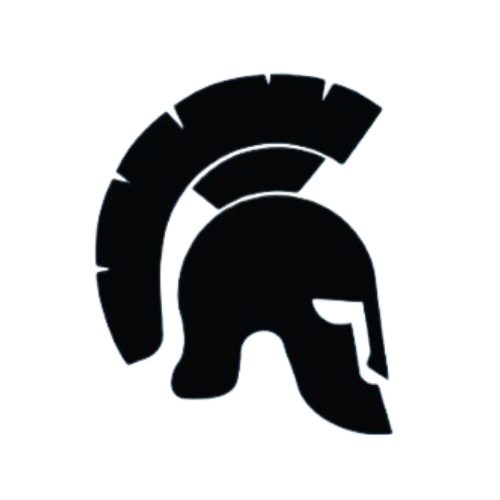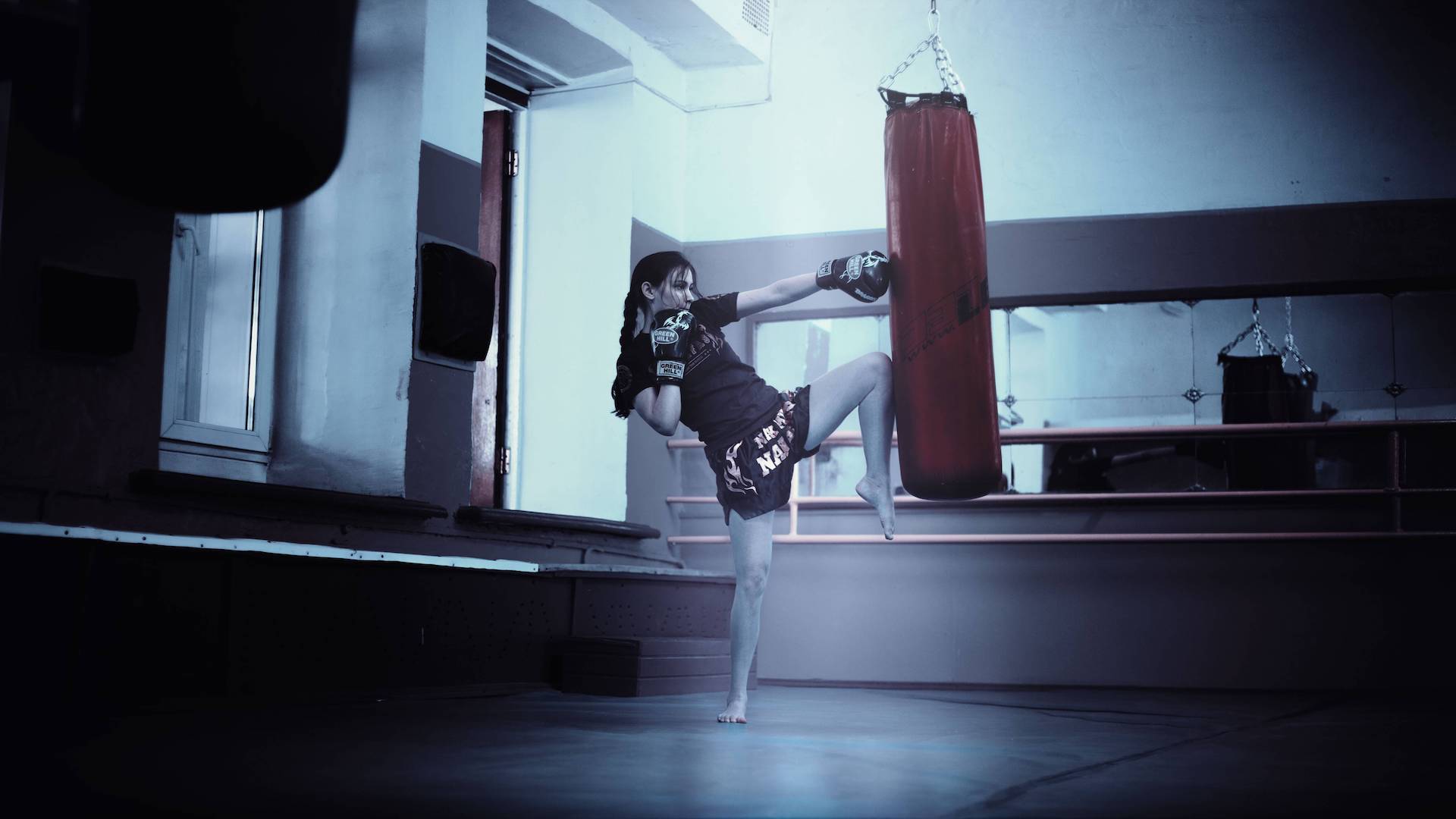Are you looking to elevate your strength training and sculpt your physique? Many people are drawn to the kettlebell front squat, seeking guidance on proper technique, safety measures, and the many benefits this dynamic exercise offers. My post will equip you with the knowledge and confidence to perform the kettlebell front squat safely and effectively, achieving your fitness goals with optimal results.
This outline details the key components of mastering the kettlebell front squat. We’ll explore the essential technique, showcasing variations and progressions for beginners and advanced lifters. Safety considerations are paramount, and we’ll provide detailed instructions for warm-up, form prevention, weight selection, and cool-down, protecting you from common injuries.
About Kettlebell Front Squat
The kettlebell front squat is a dynamic compound exercise targeting major muscle groups, including the quads, glutes, hamstrings, core, shoulders, and back. It enhances functional strength, improving your overall athletic performance and daily life activities. You’ll be amazed at how effectively it sculpts your physique. Many find themselves searching for this exercise due to the desire to improve posture, build strength and stability, and learn the proper technique for maximum benefit, this guide gives you the answers.
Kettlebell Front Squat Technique
The Rack Position
Proper execution begins with the correct rack position. Place your hands under the kettlebell handles, ensuring your thumbs are snugly positioned under the handles. Maintain a vertical forearm position with a slight outward angle to the elbows. Crucially, keep your shoulders down and back to avoid rounding the back, pulling the shoulders forward, or letting the kettlebells roll. This stable rack position sets the stage for a successful squat.
The Squat Movement
Begin the descent by pushing your hips back as if you were sitting in a chair. Maintain a neutral spine throughout the movement, ensuring your lumbar spine remains in its natural curve. Engage your core muscles to maintain stability and control during the squat. Your knees should track over your ankles throughout the entire range of motion. Keep your head up and gaze forward to maintain spinal alignment.
The Transition
Smooth transitions are vital for injury prevention. As you descend, keep your core engaged and your back neutral. Similarly, during the ascent, maintain core engagement to keep your posture stable. Maintain control throughout the entire movement to optimize safety and effectiveness.
Variations and Progressions
Modifications for Beginners
Start with lighter kettlebells to perfect your form. Begin with the goblet squat, which allows you to feel the engagement and get acquainted with the movement pattern before progressing to a front squat. Gradually increase the weight as your strength and form improve. It’s crucial to focus on maintaining perfect form over adding more weight too quickly.
Advanced Variations
The double kettlebell front squat is a challenging variation where you hold two kettlebells. This is a progression once you feel comfortable with a single kettlebell. You can also experiment with offset kettlebell positions, offering a twist on the movement. When ready, and your skill level allows, progression to barbell front squats is an excellent choice for further strength development.
Safety Considerations
Before doing kettlebell front squats, warm up with dynamic stretches for your shoulders, hips, and core to prep your muscles. Focus on proper form: keep your back neutral, core tight, shoulders steady, and squat to the right depth to avoid injuries.
Start with a manageable weight and gradually increase as you get stronger. Never push through pain, progressive overload works best when done safely.
After squats, cool down with 20–30 seconds of static stretches for your quads, glutes, hamstrings, core, and shoulders. This helps with recovery and reduces soreness.
This exercise targets your quads, glutes, hamstrings, core, shoulders, and back, making it a great full-body workout when done correctly!
How to Incorporate into a Workout?
- Rep Ranges and Sets: Starting with 2-3 sets of 8-12 reps is a good starting point. Adjust the rep range and sets based on your fitness level and goals. You can adjust the number of sets and reps based on your fitness level.
- Workout Routines: Integrate the kettlebell front squat into your weekly workout routine, whether focusing on full-body strength or leg workouts. Consult with a certified personal trainer or healthcare professional to design a workout program tailored to your specific needs.
Common Mistakes and How to Fix Them
- Rounding the back: Fix this by engaging your core muscles more actively throughout the movement, keeping your back straight.
- Pulling shoulders forward: Maintain shoulder blade retraction and engagement to avoid pulling the shoulders forward.
- Letting the kettlebells roll: Improve your grip on the kettlebells and maintain a proper forearm angle throughout the movement.
- Poor squat depth: Prioritize hip drive and ensure your knees track over your ankles as you descend for complete depth.
- Lack of core engagement: Actively brace your core throughout the entire movement to maintain torso stability and prevent loss of balance.
Conclusion
Mastering the kettlebell front squat is a rewarding journey, emphasizing proper technique, safety, and progressive overload. By carefully following the instructions provided in this guide, you’ll develop strength, stability, and a more functional physique, all while minimizing the risk of injury. Embrace the dynamic nature of this exercise and integrate it into your fitness routine for optimal outcomes. This guide lays the foundation for your success.








